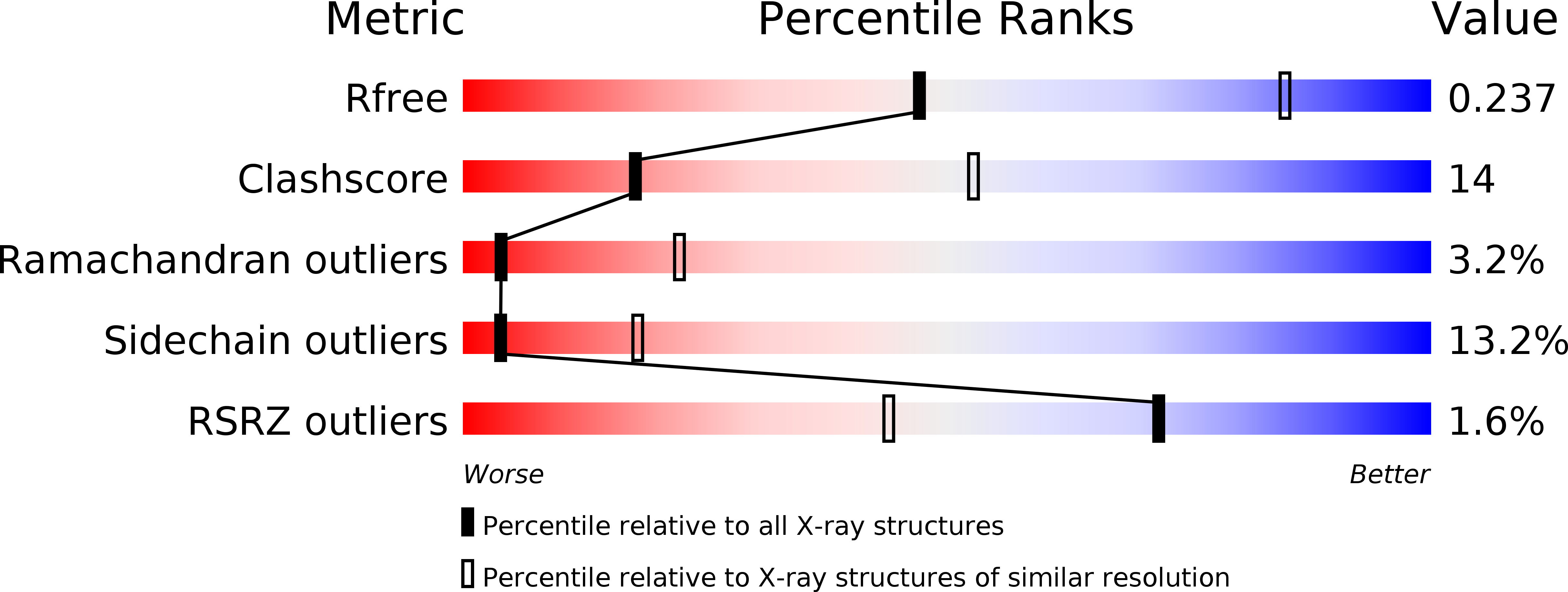
Deposition Date
2014-07-29
Release Date
2014-10-22
Last Version Date
2023-12-27
Entry Detail
PDB ID:
4U6U
Keywords:
Title:
Crystal Structure of the Cog5-Cog7 complex from Kluyveromyces lactis
Biological Source:
Source Organism:
Kluyveromyces lactis (Taxon ID: 28985)
Host Organism:
Method Details:
Experimental Method:
Resolution:
3.00 Å
R-Value Free:
0.23
R-Value Work:
0.19
R-Value Observed:
0.19
Space Group:
F 4 3 2


